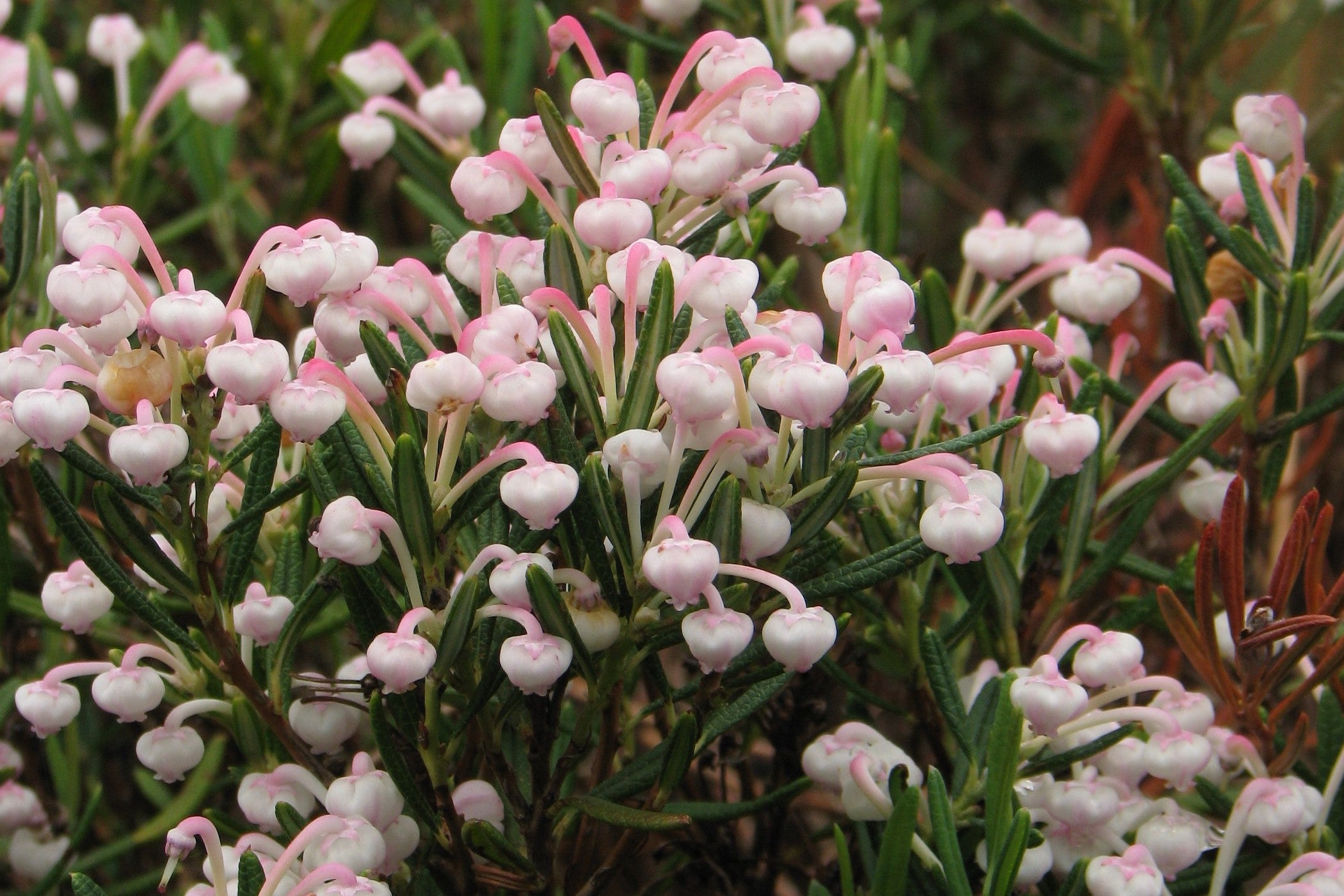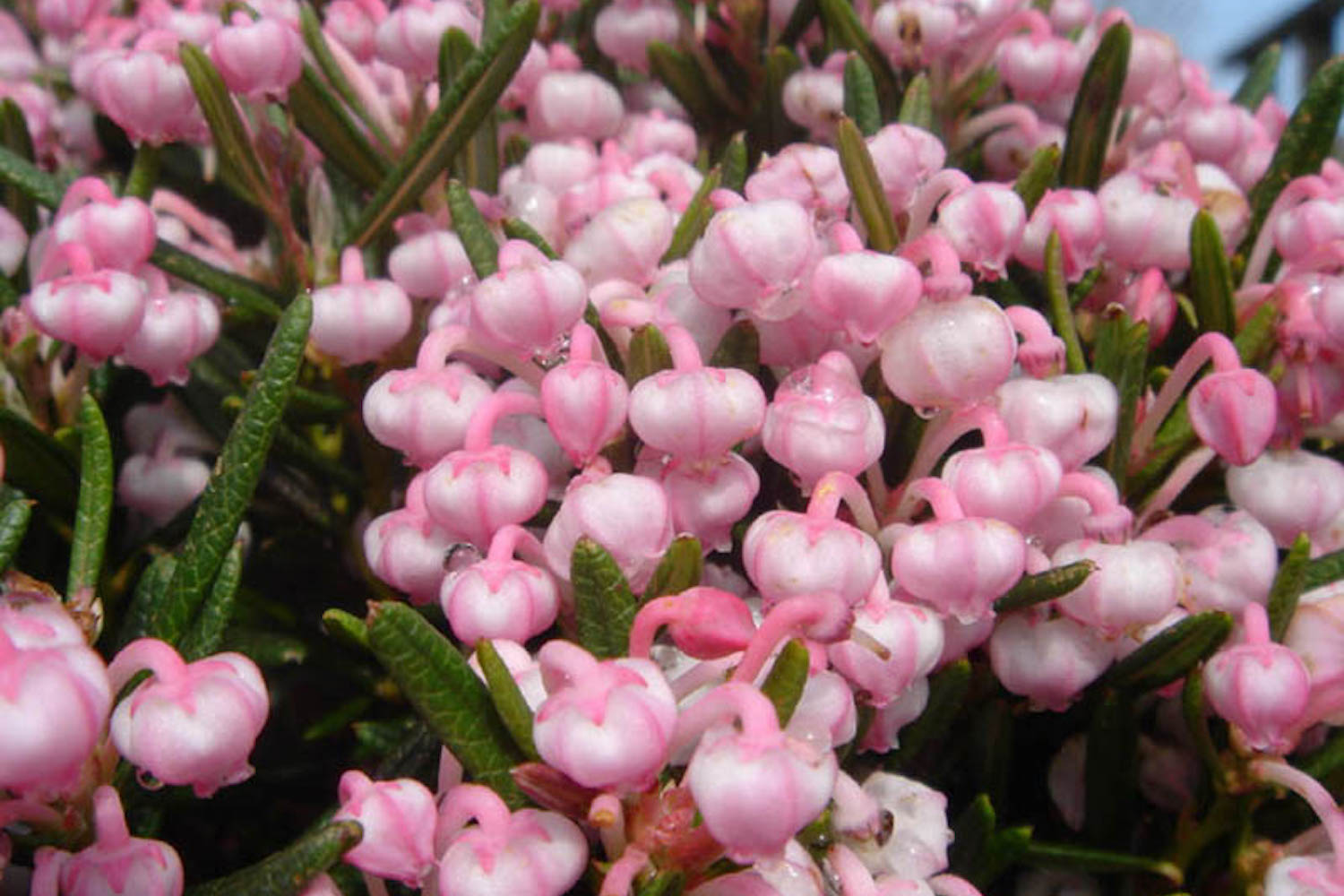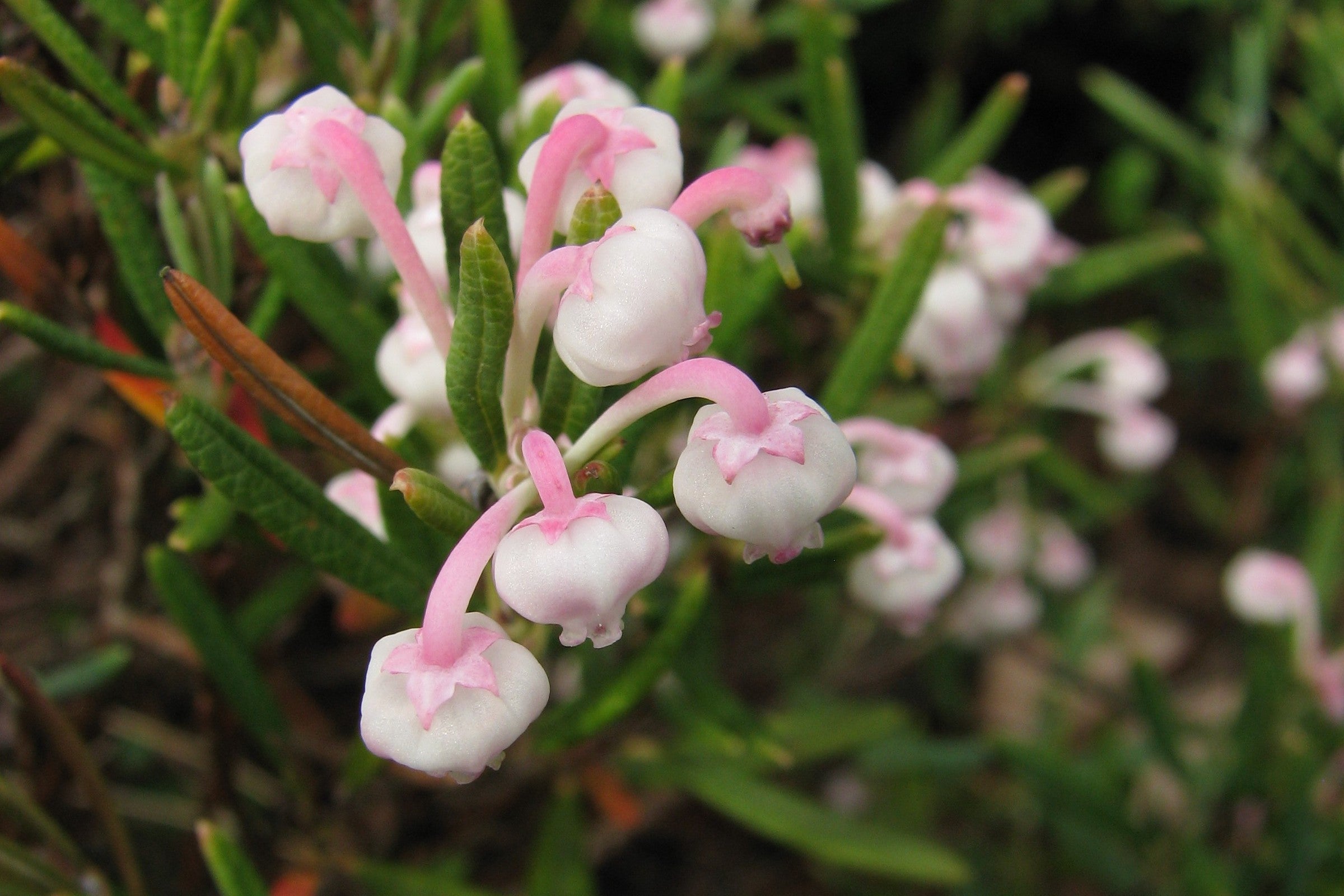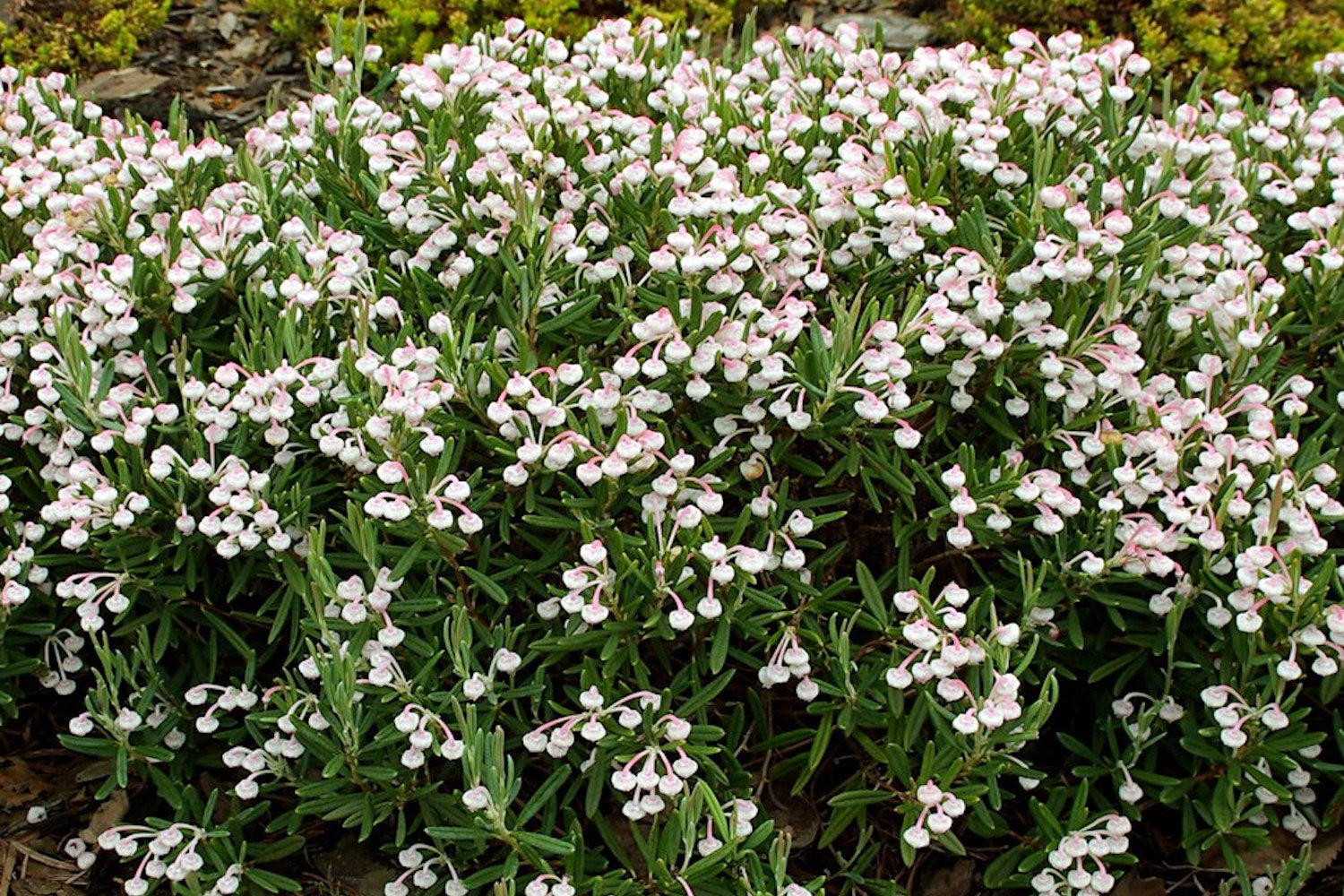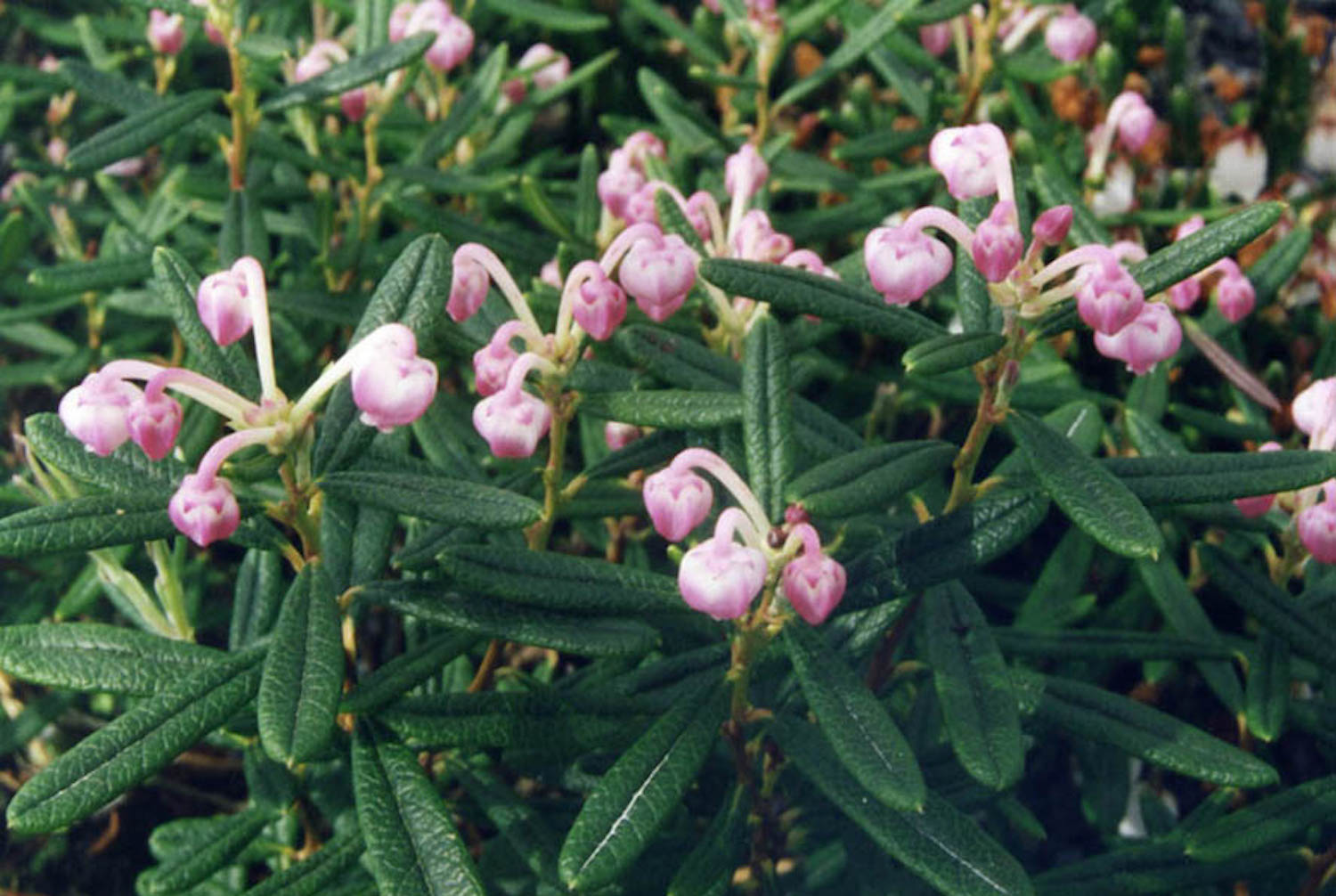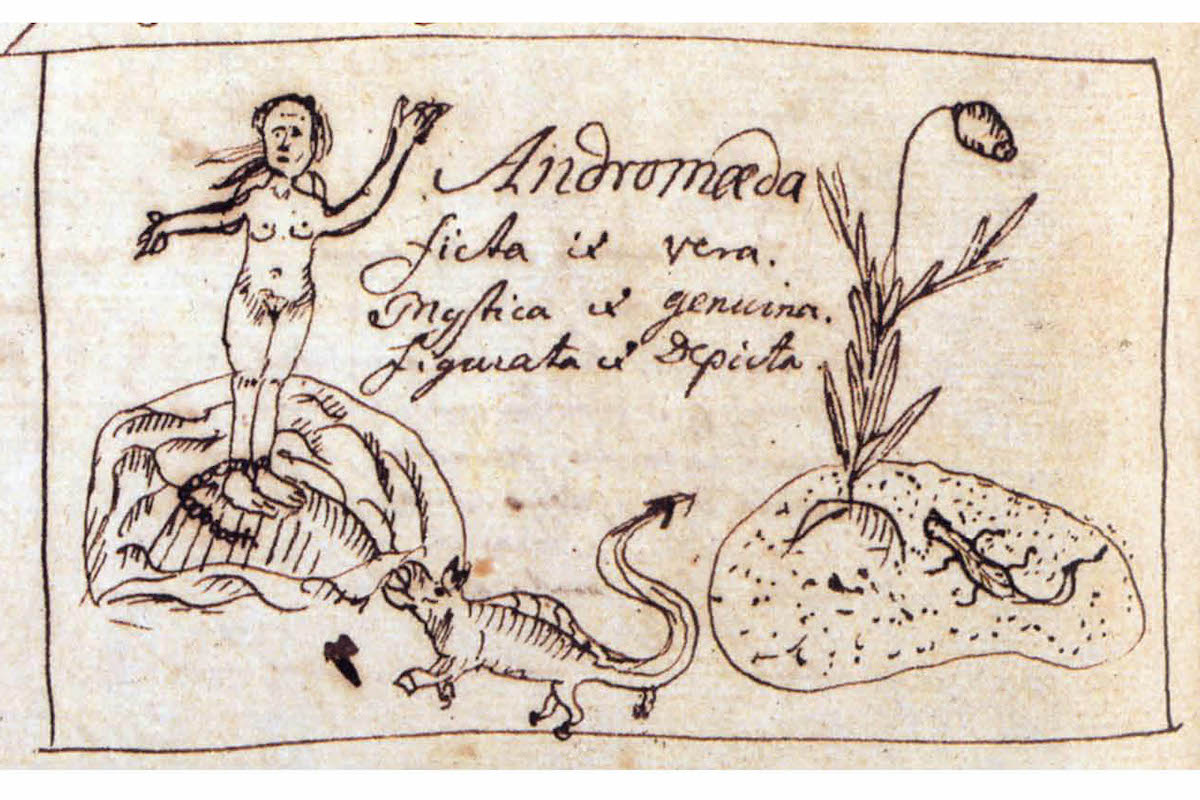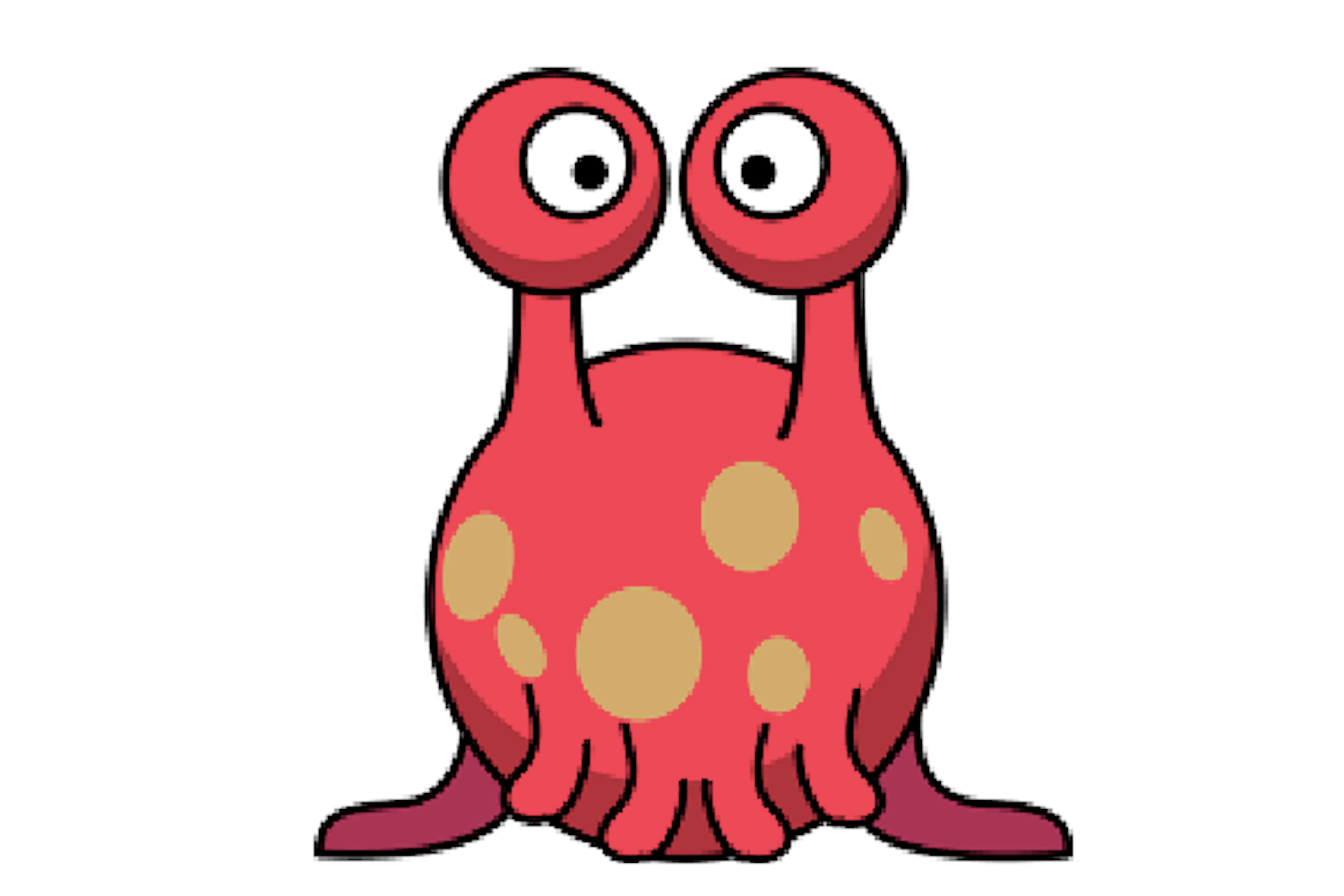Andromeda polifolia 'Compacta'
Approx. 0.5 litre pot
About this cultivar:
Andromeda polifolia 'Compacta' is a small evergreen shrub with oval leaves and terminal clusters of pale pink, globose flowers. Smaller, darker, and pinker than the species.
First introduced by Koichiro Wada of Japan before 1940, it is still a garden favourite, just ask the Royal Horticultural Society who have gave it their Award of Garden Merit (RHS AGM). Not just a great plant for difficult wet areas, but a great plant for most other areas!
- Position: Full sun, partial shade, full shade
- Soil: Almost any soil, wet soil, grows well in Ballyrobert! Loves wet soil
-
Flowers: April, May, June, July
- Other features: Royal Horticultural Society Award of Garden Merit (RHS AGM), waterlogged, Dappled Shade or Full Shade Loving, Suitable for Container
- Hardiness: H6 - Hardy in all of UK and northern Europe (-20 to -15°C), Fully hardy - grows well in Ballyrobert!
- Habit: Bushy, Clump forming
- Foliage: Evergreen
- Height: 10 - 20 cm (0.3 - 0.6 ft)
- Spread: 20 - 60 cm (0.3 - 2 ft)
- Time to full growth: 5 to 10 years
- Plant type: Herbaceous Perennial, shrub, bog
- Colour: White, green, pink
-
Goes well with: -
About this genus:
Andromeda is a genus of only one species, polifolia, commonly called bog-rosemary. It is a flowering plant in the family Ericaceae (commonly known as the heath or heather family), native to northern parts of the Northern Hemisphere, and is found in bogs in cold peat-accumulating areas.
It is a small shrub with slender stems with evergreen, alternately arranged, lanceolate, foliage. The leaves are dark green above (purplish in winter) and white beneath with the leaf margins curled under. The leaves appear narrower than they really are by the recurving of the margins. In late spring to early summer bell-shaped, white to pink, flowers on short, compact, clusters emerge. These type of clusters remind me of alien eyes.
The common name ‘bog rosemary’ derives from the superficial resemblance of the leaves to those of rosemary, which is not closely related. The genus was named by Carl Linnaeus who observed it during his 1732 expedition to Lapland and compared the plant to Andromeda from Greek mythology. His original drawing seems to imply because they are stuck in wet areas!?!? (Andromeda was chained to rocks by the sea before being rescued by Perseus).
The species name, polifolia, is a noun in apposition – it was the previous genus name given by Buxhaum. Buxbaum in turn derived the name from Bauhin, who used it to mean ‘having polium-like leaves’. The precise plant that Bauhin meant by polium is uncertain, but it may have been Teucrium montanum. So, ultimately, to me, the genus and species name are kind of meaningless!
Fossil seeds of Andromeda have been extracted from borehole samples of the Middle Miocene (12-16 million years ago) freshwater deposits Poland. More recently, numerous cultivars have been developed for garden use, particularly in Japan. Like many genus in the heath family, prefer damp acid soil in shade. But when talking about these islands ‘shade’ means ‘everywhere’ so don’t worry too much about too much sun. Andromeda are great to try in damp spots, or wilder areas of the garden, but are also worth trying at the front of the border, by paths, or even as a small evergeen hedge. They will even do well in a pot if looked after!

